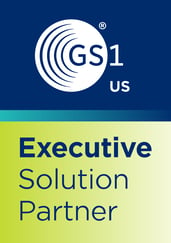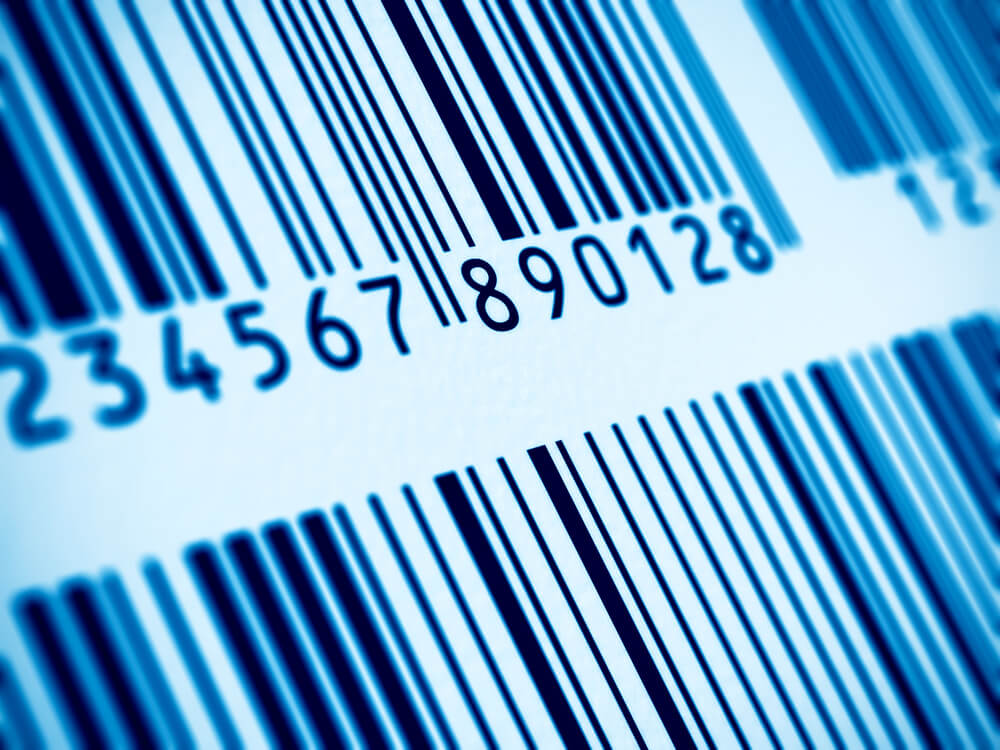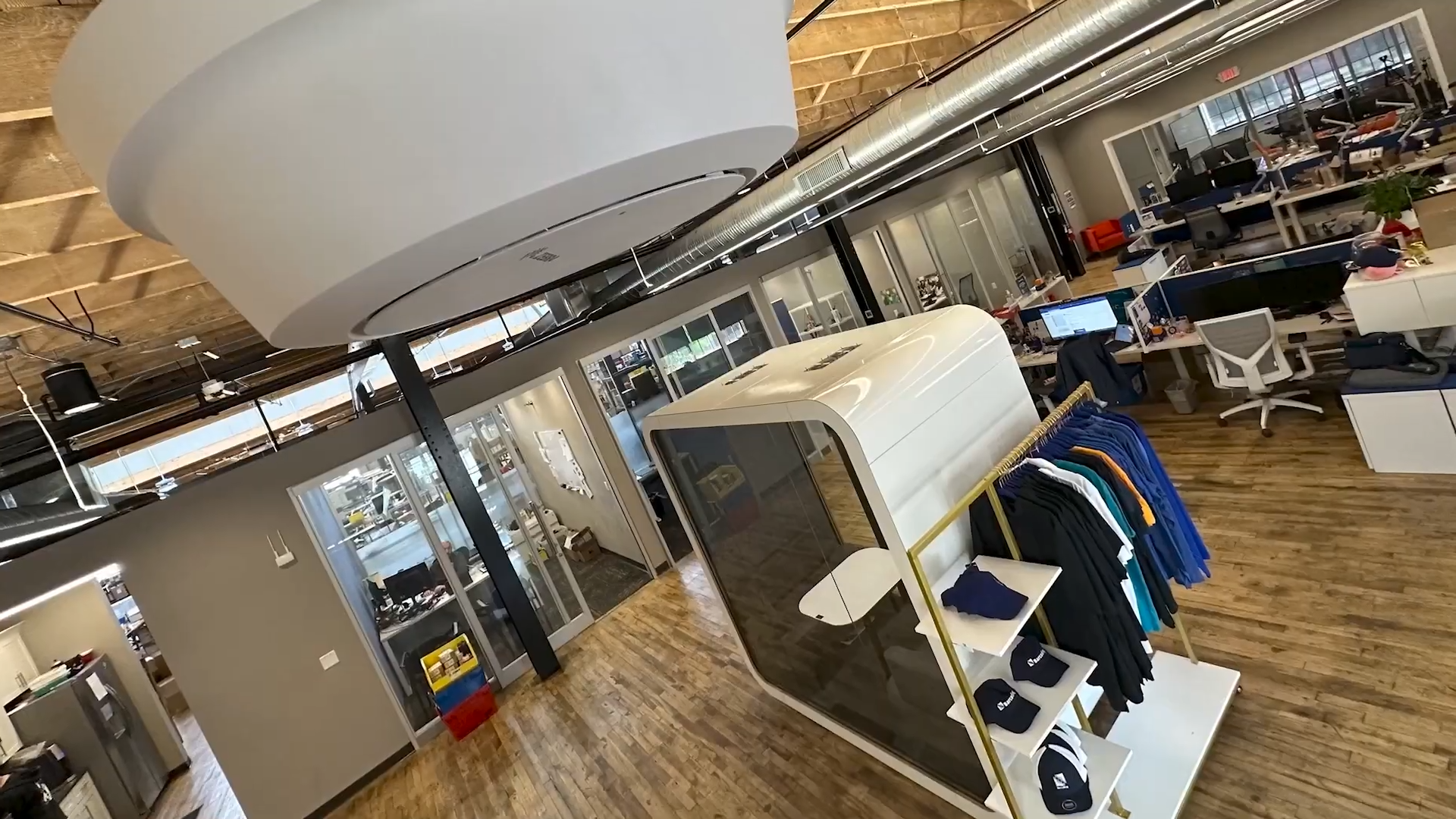By Adam Eby
Using a comm on set of standards leads to quicker and more efficient task completion. Since 1974, GS1 standards have defined ways to store and transfer data so organizations can quickly exchange information. As a result, these standards have become the backbone for some of the world’s biggest industries, saving time and money by reducing administration and tedious paperwork.
on set of standards leads to quicker and more efficient task completion. Since 1974, GS1 standards have defined ways to store and transfer data so organizations can quickly exchange information. As a result, these standards have become the backbone for some of the world’s biggest industries, saving time and money by reducing administration and tedious paperwork.
To ensure that products can be sold through traditional retailers and online marketplaces, correct product identification is key. Universal Product Codes, or UPCs, are a prime example of GS1 standards—standardized global identifiers which enable products to be sold, reordered, and tracked through complicated supply chains.
Recent changes have led this identification system to become more sophisticated, and information within the system has grown to include tracking transactions beyond just products and manufacturers. It can now identify locations within the supply chain and record events like transfers, transformations, and combinations — all of which are important to manufacturers and consumers alike.
Get started by getting your GS1 Company Prefix to identify your company as the owner of the products and their associated barcodes. Different tiers are available depending on how many products you need to produce barcodes for. If you only need to identify a single product you can license a single GS1 US GTIN for a one-time charge with no recurring/annual fees.
Here are three of the top benefits of adopting GS1 standards for your organization.
Standardized Supply Chain Communication
Improvements in GS1 standards open new doors that allow communication to go further and further back in the supply chain. Because of this, businesses can now communicate within their supply chains in a standardized fashion without having to renegotiate communication and tracking methods with every new supplier or customer. In the grocery industry, for example, this means reaching the goal of farm to table and enabling traceability through the entire system.
If you haven’t leveraged GS1 standards, whenever your organization begins working with a new supplier, the two teams have to align on how they will properly track and record product data throughout the supply chain — a process that can cost both organizations time, money, and effort. But with these standards in place, you’ll know what information needs to be tracked and how to properly track it from the beginning, resulting in increased accuracy and efficiency.
Transparency and Traceability
Transparency and traceability are critical in the supply chain. With GS1 standards, organizations have transparency throughout the entire supply chain, with insight into every location their products stop along the way. This tracking is crucial for ensuring product safety.
Take, for example, product recalls. With transparency and traceability throughout the entire supply chain, if your organization needs to recall a product, you can immediately access the data necessary to determine where those products are, at any point, within the supply chain. The time saved through the use of these standards is critical to protecting consumers and getting compromised products out of circulation.
Unfortunately, without GS1 standards in place, if tracking and data collection wasn’t properly set up, you may not have true transparency into your supply chain. This can lead to delays in recalling impacted goods, which can put consumers at unnecessary risk.
Visibility to Meet Supply Chain Demand
Organizations need to ensure they can meet customer demands. But how can you ensure your suppliers can provide the products necessary to meet these demands?
With GS1 standards, organizations can work with their suppliers to have greater visibility into the supplier’s supply chain. If you know your supplier is unable to meet the demand for a specific product, you then have the opportunity to work with another supplier in the meantime to meet that demand. This protects your organization from a slowdown in the supply chain and ensures customers will receive their products on time, which is critical to maintaining a positive customer experience.
For more information about how Barcoding can help your organization be more efficient, accurate, and connected, please visit www.barcoding.com.



 on set of standards leads to quicker and more efficient task completion. Since 1974, GS1 standards have defined ways to store and transfer data so organizations can quickly exchange information. As a result, these standards have become the backbone for some of the world’s biggest industries, saving time and money by reducing administration and tedious paperwork.
on set of standards leads to quicker and more efficient task completion. Since 1974, GS1 standards have defined ways to store and transfer data so organizations can quickly exchange information. As a result, these standards have become the backbone for some of the world’s biggest industries, saving time and money by reducing administration and tedious paperwork.



